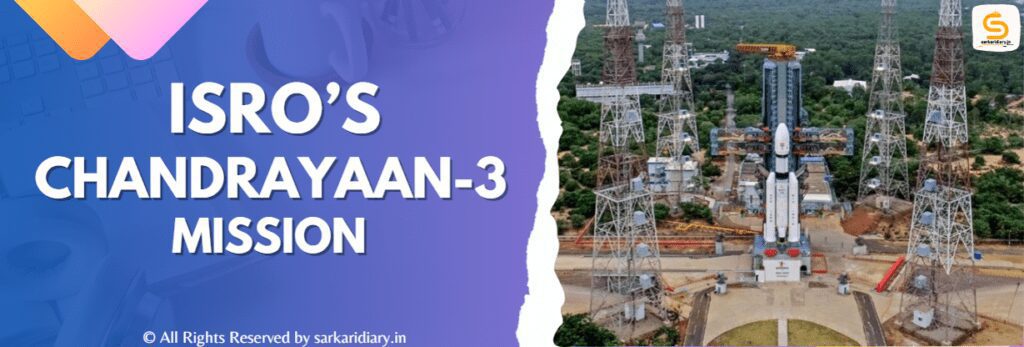
The lunar mission is a follow-up to the Chandrayaan 2, launched in September 2019 and which failed to complete the soft landing due to a problems with the onboard computer and the propulsion system, and crashed on the moon’s surface.
The Chandrayaan 3 mission plans to demonstrate end-to-end capability in safe landing and roving on the lunar surface. It will forego the orbiter from the previous mission,
The mission’s main objectives are:
- To demonstrate safe and soft landing on the lunar surface
- To demonstrate rover roving on the moon and
- To conduct in-situ scientific experiments.
First announced in January 2020, ISRO began the development phase of Chandrayaan 3, with scientists and engineers working on the design and assembly of the spacecraft. The lander for the current mission has more robust impact legs than Chandrayaan 2.
Initially slated to be launched in early 2021, the development and assembling of the spacecraft was delayed due by the COVID-19 pandemic. The second wave of the pandemic caused further delays even though the manufacturing and testing of the propulsion systems were almost done by May 2021.
With the date finally being set on July 2023, the spacecraft will be launched onboard the Launch Vehicle Mark 3 (LVM 3) rocket.
Consisting of a separate lander and rover module, the spacecraft is likely to land near the moon’s South Pole and operate for one lunar day, equivalent to 14 earth days.
The current mission will follow the same trajectory as Chandrayaan 2, where the propulsion module will orbit earth several times before slingshotting towards the moon. Once within the moon’s gravitational pull, the module will lower itself to a 100 x 100 km circular orbit. Then, the lander will detach and descending to the surface.
The module will take approximately a month to reach the moon from the time of launch. The landing is scheduled for August 23-24, although this may change depending on when the Sun rises over the Moon. If there is a delay, ISRO will reschedule the landing for September.
The previous ISRO chairperson K. Sivan has described the descent as “15 minutes of terror”.
Once on the lunar surface, the lander, called ‘Vikram’ (after Vikram Sarabhai), will deploy its four scientific payloads to study the moon’s surface temperature and subterranean characteristics. The module has an instrument called the ‘Spectro-polarimetry of HAbitable Planet Earth’ (SHAPE), which will collect data about the light emitted and reflected by the earth.
The rover, called ‘Pragyan’, will study the lunar surface using chemical tests as it roves around.







